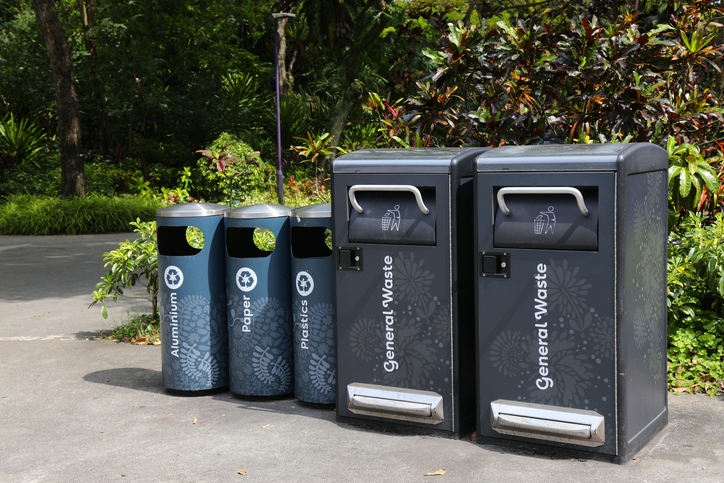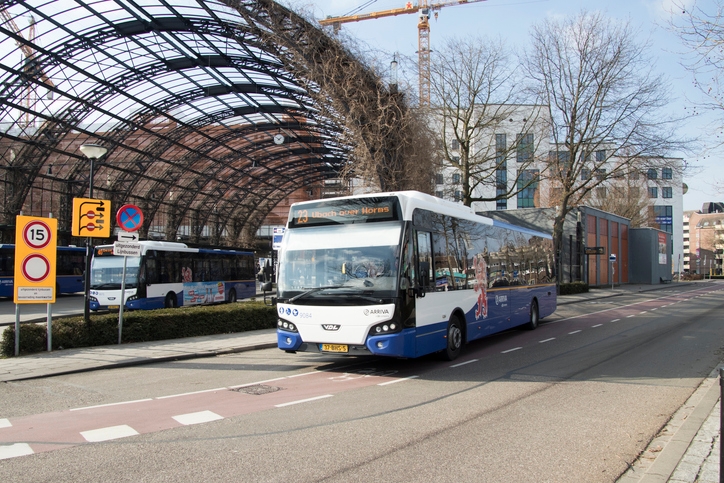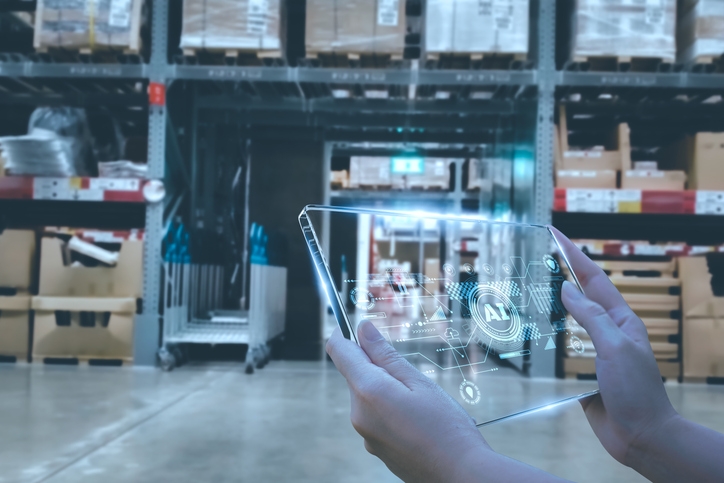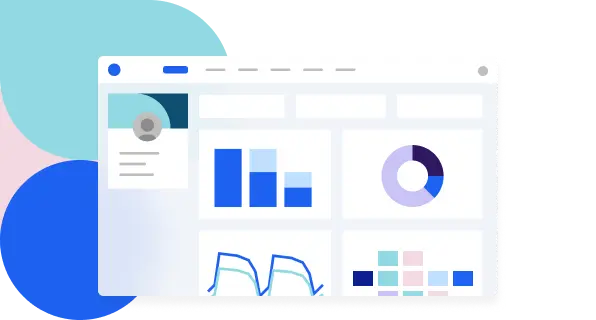No Waste, All Wow! 10 Sustainable Event Logistics Ideas That Impress and Reduce Impact
Discover 10 creative, low-waste event logistics ideas to reduce your carbon footprint and impress attendees with eco-conscious planning. Read the article to learn more!

Introduction: Why Green Logistics Matter in Event Planning
As events grow in scale and impact, so do their carbon footprints. From travel emissions to food waste and plastic-heavy setups, traditional event logistics can be environmentally taxing. With growing pressure from stakeholders and audiences alike, integrating sustainability into your logistics planning is no longer optional—it’s essential. Here's how to creatively reduce waste and emissions while still delivering a memorable experience.
10 Innovative Ideas to Reduce Environmental Impact in Green Events
1. Go Digital with Event Materials to Cut Waste and Energy Consumption
Goal: Eliminate paper waste from signage, agendas, brochures, and promotional material
Difficulty: ★☆☆☆☆ (Easy)
Resources Needed: Event app or digital platform, QR code generator, graphic design templates, Wi-Fi access
Execution Steps:
- Replace all printed materials—like schedules, brochures, and speaker bios—with a mobile-friendly event app.
- Integrate QR codes at entrances, registration desks, session halls, and food areas.
- Offer digital swag bags instead of printed flyers or plastic giveaways.
- Promote your paper-saving efforts through the app, signage, and announcements.
Bonus Tip: Calculate and share the carbon emissions avoided by going paperless. It shows measurable sustainability efforts and reinforces your environmental sustainability goals.
2. Create Smart Waste Management Zones for Efficient Logistics Operations
Goal: Improve waste diversion and reduce landfill contributions
Difficulty: ★★☆☆☆ (Moderate)
Resources Needed: Color-coded or branded bins, multilingual and visual signage, “green team” of staff or volunteers
Execution Steps:
- Create dedicated waste zones in high-traffic areas—near catering spots, lounges, and exits.
- Use humor and creativity in signage to boost engagement.
- Train volunteers as Waste Ambassadors to guide guests and prevent contamination.
- Partner with local recycling vendors or green logistics companies to manage waste responsibly.
- Track waste diversion metrics and share post-event updates.
Pro Tip: Promote these efforts as part of your event’s sustainability initiatives. Use eco-friendly badges for check-ins, convenient as well as environment friendly.

3. Use Modular, Reusable Booth Designs for Eco-Friendly Event Planning
Goal: Minimize one-time-use booth construction and reduce waste
Difficulty: ★★☆☆☆ (Moderate)
Resources Needed: Modular booth vendors, collapsible structures, standardized branding kits, storage facility
Execution Steps:
- Source modular booth kits from vendors specializing in eco friendly materials and collapsible displays.
- Create standard templates for sponsor branding and signage.
- Store booths after the event and reuse them at future conferences.
- Encourage exhibitors to adopt reusable models by offering incentives or discounts on storage or transport.
Bonus Tip: Introduce a “Zero-Waste Booth Award” as part of your sustainability initiatives to recognize and promote sustainable practices among sponsors.
4. Choose Sustainable Catering Partners to Lower Environmental Impact
Goal: Cut down on food-related landfill waste and promote responsible sourcing
Difficulty: ★★★☆☆ (Intermediate)
Resources Needed: Sustainable caterers, food donation networks (e.g., Feeding India), real or compostable dishware, digital menu platform
Execution Steps:
- Select caterers aligned with sustainable practices, such as using seasonal, local, or organic ingredients.
- Use compostable serving ware or real dishware whenever possible.
- Digitize menus and order preferences via your event app to help caterers plan portions more accurately.
- Set up a food recovery program by partnering with local food banks or NGOs.
- Optimize catering delivery routes to reduce greenhouse gas emissions.
Pro Tip: Promote your food sustainability program as part of your green initiatives—attendees increasingly value environmental sustainability in event planning.
5. Eliminate Single-Use Plastics and Promote Green Event Logistics
Goal: Eliminate plastic bottles and cups from your event
Difficulty: ★☆☆☆☆ (Easy)
Resources Needed: Branded hydration stations, reusable bottle partners, refill tracking signage
Execution Steps:
- Install hydration refill stations throughout the event venue, especially near entrances, stages, and dining areas
- Encourage attendees to bring their own bottles in pre-event communication and signage
- Distribute reusable water bottles as sustainable swag or partner with eco-friendly vendors to sell them onsite
- Use visible signage showing refill metrics (e.g., “1,200 bottles saved!”) to reinforce sustainable event planning
- Secure bottle sponsors and co-brand the refill stations for added visibility and shared logistics costs
Bonus Tip: Promote your eco friendly practices with real-time stats and photos on social media to improve brand image and attendee engagement.

6. Select Energy-Efficient Venues for Hybrid Events and In-Person Gatherings
Goal: Reduce the event’s baseline energy and waste footprint
Difficulty: ★★★☆☆ (Intermediate – requires early planning)
Resources Needed: Venue vetting time, sustainability checklist, documentation on green certifications
Execution Steps:
- Shortlist event venues with LEED, ISO 20121, or local green certifications that align with sustainable event management
- Ask venues detailed questions about their energy efficiency, HVAC systems, lighting, and waste diversion programs
- Review their use of renewable energy sources, solar panels, and energy efficient technologies
- Conduct a pre-event audit or walkthrough to confirm alignment with your sustainability goals and logistics operations
- Ensure the venue supports sustainable logistics such as efficient delivery routes, recycling bins, and compost collection
Pro Tip: Showcase the venue’s certifications in your marketing materials to strengthen your commitment to green events and environmental responsibility.
7. Offer Carbon Offsets to Reduce Travel-Related Emissions in Green Events
Goal: Neutralize transportation-related emissions
Difficulty: ★★★★☆ (Advanced)
Resources Needed: Offset program partner (e.g., EcoCart, Climate Neutral Now), attendee travel data, carbon calculator
Execution Steps:
- Estimate the total carbon emissions from attendee and staff travel including flights, car usage, and hotel stays
- Partner with a certified carbon offset provider that supports renewable energy or reforestation projects
- Integrate an optional carbon offset contribution into your online registration or ticketing platform
- Encourage participation through messaging that emphasizes social responsibility and sustainability efforts
- Reward participants with digital “carbon-neutral attendee” badges to gamify engagement and raise awareness
Bonus Tip: Share post-event metrics like “We offset 14 tons of CO₂!” to highlight environmental impact and attract like-minded sponsors.
8. Use Local Vendors to Cut Fuel Costs and Support Sustainable Logistics
Goal: Reduce freight-related emissions and support community businesses
Difficulty: ★★☆☆☆ (Moderate)
Resources Needed: Curated list of local vendors, vendor contracts, early planning
Execution Steps:
- Source event rentals, floral arrangements, catering, A/V support, and décor from local suppliers to reduce fuel consumption and freight emissions
- Prioritize vendors located within 100 km of the event venue to conserve resources and reduce overall fuel usage
- Add local sourcing as a scoring criterion when selecting vendors or evaluating sponsor partnerships
- Collaborate with community-based artisans or farms for sustainable catering using fewer emissions and recyclable materials
- Highlight “local heroes” in signage, app listings, and social media to strengthen local brand engagement and reduce the environmental footprint of logistics operations
Pro Tip: Using local vendors cuts freight-related fuel costs and emissions, streamlines your supply chain, and is great PR for large events and outdoor events alike. To understand vendor and venue logistics in detail check here.
9. Share a Green Travel Guide to Promote Eco-Friendly Transportation Options
Goal: Promote sustainable travel choices among attendees and reduce transport-related emissions
Difficulty: ★☆☆☆☆ (Easy)
Resources Needed: Design support for a PDF or event app module, transport research
Execution Steps:
- Create a downloadable “Green Travel Guide” with clear directions for low-emission travel modes like trains, shared shuttle services, or public transit
- Include carbon-saving estimates for each transport method to help attendees visualize their environmental impact and motivate eco friendly choices
- Highlight local bike rental stations and suggest scenic or efficient walking paths between event zones or hotels
- Share hybrid events or virtual event options for remote attendees to reduce travel-related emissions entirely
- Incentivize green choices by offering discounts, swag, or raffle entries for those who travel via sustainable means
Bonus: Include a carbon footprint comparison in your guide (e.g., "Train travel reduces emissions by 80% compared to air travel") and share it via email, app notifications, and social posts.

10. Track and Report Environmental Metrics for Smarter Event Management
Goal: Showcase transparency, accountability, and progress toward greener events
Difficulty: ★★★☆☆ (Intermediate – but essential)
Resources Needed: Data tracking software, post-event survey tools, reporting templates
Execution Steps:
- Track key metrics like energy consumption, waste disposal volume, water usage, and attendee travel patterns using your logistics or event management platform
- Use efficient waste management methods by categorizing waste types (recyclable materials, leftover food, compostables) and calculating waste reduction
- Calculate your total environmental impact (including carbon reductions, fuel usage, and raw materials saved) across both in-person and hybrid events
- Prepare a concise post-event sustainability report that includes achievements, challenges, and next steps—share this with sponsors, partners, and attendees
- Create a visual “What We Achieved Together” infographic showing your carbon reductions and reverse logistics efforts to reuse materials
Pro Tip: Public reporting not only boosts brand image but also strengthens stakeholder trust. It helps event planners and event managers refine the planning process for future events.
Conclusion: Sustainable Event Management is Smart for the Planet—and Your Brand
Sustainable event logistics aren’t just eco-friendly—they’re efficient, cost-effective, and brand-boosting. Whether you're hosting virtual and hybrid events or optimizing delivery routes with alternative fuels, reducing energy use and waste can help save money while minimizing your environmental footprint.
Much like the shift in the logistics industry and online shopping, smart event planning means using fewer resources for greater impact. By making sustainability central to your strategy, you’re not only protecting the planet—you’re creating better, more future-ready events.
Ready to streamline your event logistics and embrace sustainable practices? Explore how Azavista can help you plan smarter, greener events.
More Event Management












